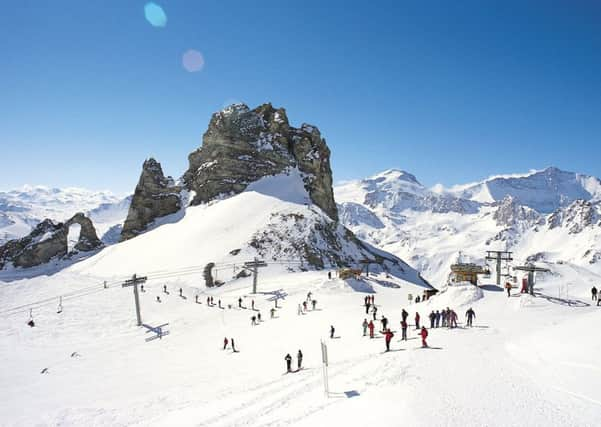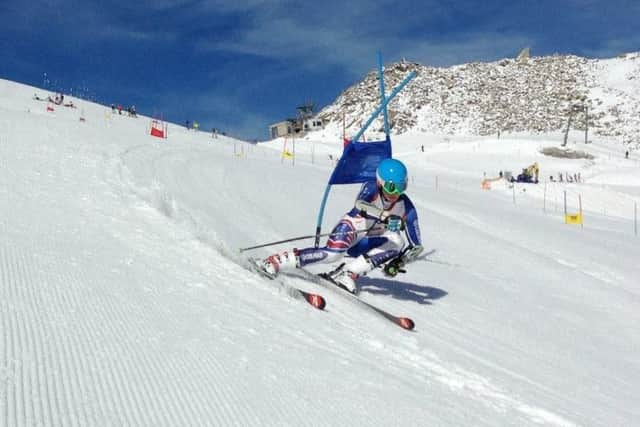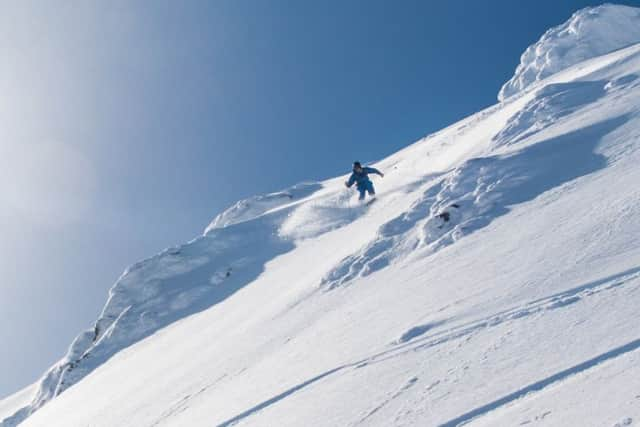The best summer ski destinations: Zermatt, Tignes, Hintertux, Glencoe...


In the Alps, there’s a smorgasboard of high-altitude, high-SPF options to choose from. Zermatt in Switzerland offers the highest summer ski area in Europe. Its Theodul Glacier is open 365 days a year and it boasts an impressive 21km of pistes, not to mention a large summer terrain park. It’s not exactly a secret though – more than 100 ski teams from 22 different countries train on the glacier during the summer months, so don’t expect to have the place to yourself. Nearby Saas-Fee offers almost as much terrain on its Allalin Glacier, along with a freestyle park and superpipe.
Across the border in France there’s top-of-the-world summer skiing to be had on the glaciers at Tignes, Les Deux Alpes, Val d’Isere, Alpe d’Huez and (for the dedicated backcountry explorer) in the mountains around Chamonix. Meanwhile, Austria’s most famous summer ski destinations are the Hintertux Glacier, which is open all year round, and the Stubai Glacier, open until 10 June this year.
Advertisement
Hide AdAdvertisement
Hide AdIn Scandinavia, you can take your pick from glacier skiing at Stryn Sommerski in Norway (they get so much snow there they can’t even open until the end of May, hence the name) and Riksgränsen in Sweden, where they officially end their season in May but then re-open for a few days in June, just so people can ski 24-hours a day at Midsummer. And if money’s no object, what about the Horstman Glacier at Whistler in beautiful British Columbia, open (to advanced skiers and boarders only) from 8 June until 14 July?


To the uninitiated, it can be hard to understand the appeal of skiing in summer. With no fresh stuff to play with (unless you happen to get incredibly lucky and somehow time your visit to coincide with a freak summer blizzard), the best you can hope for is soft, flattering spring snow around mid-morning, as the pistes warm up in the sun. Conditions earlier in the day might euphemistically be described as “firm,” while in the afternoons... well... imagine what it might be like to ski or snowboard through thick pumpkin soup and you’re more-or-less there.
Until a few years ago, I was among the naysayers, but a July (yes, July!) trip to Austria’s 2,700m Dachstein Glacier changed my mind. Sure, the vertical is tiny (by Austrian standards) and the runs are cruisey verging-on-soporific, but if you approach the experience with an open mind, it can be more fun than you’d think.
The first thing to get your head around is that you will not be skiing or boarding all day – not even close. The trick is to time your arrival so you catch the snow at its optimal, mid-morning, slightly melted state. Grab a few laps before lunch, then enjoy a leisurely meal in the sun and make a sharp exit before the whole place turns into a giant Slurpee. Ideally plan some other activity down in the valley for the afternoon, just so you don’t get tempted to stick around for the afternoon session.
Next, relax. There’s no rush to get to that great little powder stash you know is going to get tracked out any minute now because there is no powder. The snow is the same all over the mountain: soft and getting softer. There’s a no great urgency to be anywhere other than where you are right now. So take a deep breath, lean into those turns and enjoy the soothing sensation of your edges swishing through the slush.


That’s not to say that skiing or snowboarding in summer has to be a form of meditation – by all means go and climb something steep and gnarly and hurl yourself down the side of it. If you want to go for a truly relaxing slide though, summer is definitely the time to do it.